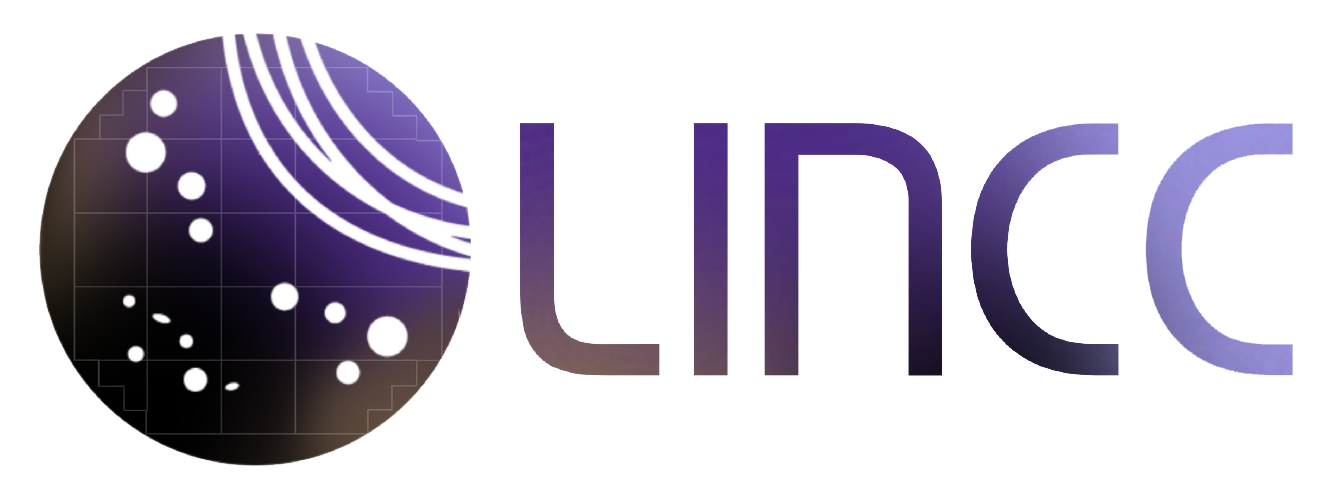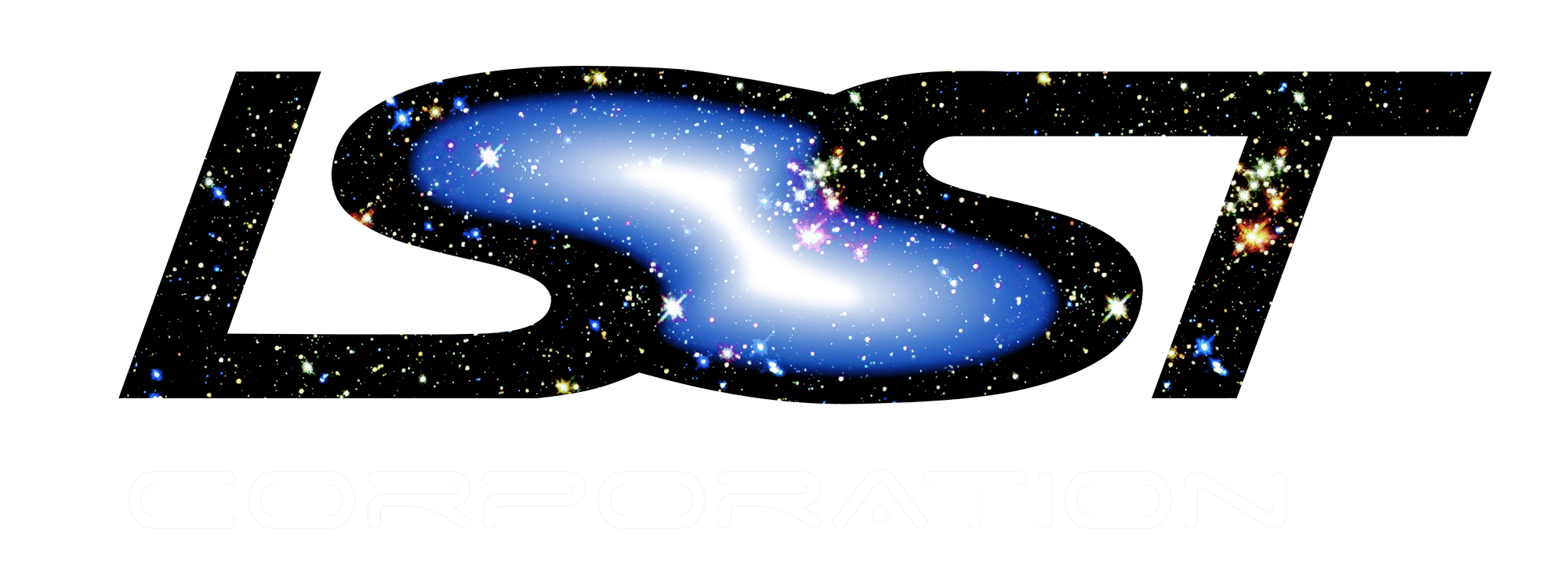Bellarmine U: Akhtar Mahmood amahmood *bellarmine.edu
Kentucky, U of: Ron Wilhelm ron.wilhelm *uky.edu
Louisville, U of: Benne W. Holwerda benne.holwerda *louisville.edu
Berea College: Tracy Hodge hodget *berea.edu
Eastern Ky: Jessica Lair Jessica.Lair *eku.edu
Morehead St.: Dirk Grupe d.grupe *moreheadstate.edu
Murray St: Josh Ridley jridley *murraystate.edu
Northern Ky: Nathan De Lee deleenm *nku.edu
* = @ for addresses above, to prevent e-mail harvesting
KARL (Kentucky Association for Research with LSST) is a consortium of 8 universities: U Kentucky, U Louisville, Morehead St., Northern KY, Eastern KY, Murray St., Bellarmine U and Berea College.
There is an annual AAS Regional meeting of astronomers in Kentucky and surrounding states. U Kentucky hosts a weekly online journal club and also astronomy seminars, with active participation by other KARL institutions. There is an online summer senior/graduate-level seminar series between KARL institutions.The institutions which have doctoral programs and which typically host post-docs are U. Louisville and U. Kentucky. However, post-docs are encouraged to consider being hosted at and/or interact with faculty at all 8 universities or at combinations of universities, all of which are within a few hours' drive of each other. KARL institutions are in areas with an attractive cost of living and a good quality of life.
Research areas in KARL cover a range of topics, including but not limited to AGN, galaxy evolution, quasar absorbers, X-ray astronomy, supernova remnants, pulsars, Galactic structure, exo-planets and proto-planetary disks.
KARL has discussions with Kentucky St. Univ., a Historically Black University, as an associate member for teaching/outreach purposes, and is currently voting on admission. This would be the first HBCU in LSST Corp. Any scientist at a KARL institution will be encouraged to include KY St. in teaching/outreach plans, and it is possible for post-doc candidates to discuss teaching experience opportunities with any KARL institution.
BELLARMINE U:
Bellarmine University is part of DESC with two faculty members and a postdoc (funded by the university). Akhtar Mahmood and his postdoc, along with other DESC collaborators are currently working on a Weak Lensing project on quantifying and modelling selection bias in cluster weak lensing signal using the CosmoDC2 simulated data. The accuracy of cosmological constraints from the cluster weak lensing data depends on the accuracy of the measured cluster weak lensing signal. Our current research work will allow us to determine how much reduction on cosmological parameter bias can be achieved by modeling the cluster weak lensing section bias analytically. Another project is investigating the possibility of using the quasar (QSO) data (QSO fluxes and time-delays) to determine cosmological parameter constraints. Bellarmine University have contributed to DESC’s Photon Simulation (Phosim) project with Purdue University. Bellarmine University's HPC cluster generated the DESC PhoSim Rubin Survey# 1 data that is available in the public domain. Bellarmine Astrophysics group has state-of-the art facilities for research, a 384 core HPC cluster with 200TB disk storage space that is being used as a Rubin-DESC computing resource, 9 high end NVIDIA triple-monitor for data analysis and a 16 ft x 5 ft Hiperwall display system in the Advanced Visualization and Computational Lab (AVCL) for Big Data analysis. A Catalyst Fellow would be very welcome to join Bellarmine University’s involvement with DESC’s Weak Lensing research efforts and/or propose new research efforts with DESC, such as the development and testing of algorithms and software needed to pursue precise and accurate cosmological studies using weak lensing at the pixel level, quantitative assessment of potential biases in photometric redshift/cosmic shear estimators, and the development of solutions to meet the requirements for tomographic cosmic shear analyses. For additional information, please contact Dr. Akhtar Mahmood (Phone: 502-272-7599 or Email: amahmood@bellarmine.edu).
KENTUCKY, U of:
Ron Wilhelm has an SDSS slot, and works on Galactic structure/RR Lyr stars. Yuanyuan Su works on X-ray observations of clusters of galaxies and AGN feedback, employing machine learning. Thomas Troland uses radio observations to study magnetic fields in the context of star formation. Isaac Shlosman does theoretical work on Galactic dynamics, AGN and accretion disks. Gary Ferland is an AAS Fellow who works on a variety of topics including nebular emission and quasars.
LOUISVILLE, U of:
The LSST survey Deep Drilling Fields coincide with a wealth of other surveys, for example the deep fields done with radio astronomical observatories in the run-up to the Square Kilometer Array. One such field, the Chandra Deep Field South, is the target for the Looking At the Distant Universe with the Meerkat Array (LADUMA) survey, the PI of which is Dr. Holwerda. Combining the 21cm emission line information with the LSST deep photometry allows one to probe the kimematic evolution of galaxies over cosmic times (e.g. changes in the Tully-Fisher relation) as well as characterize the gas content of different populations of galaxies since z~1 (7 billion years ago). Work on LADUMA/LSST will include synthesis analysis with optical spectroscopy and a range of other photometry (ultraviolet, near-infrared etc).
U Louisville also has an on-going ground-based program for prompt followup of NASA TESS discoveries (John Kielkopf), and is engaged in the LSST Transients and Variable Stars Collaboration to develop this science to a higher level. Building on that, we offer to a potential post-doctoral fellow, the support of a collaborative international community focused on the use of time-series observations for exoplanet and stellar astrophysics.
James Lauroesch and Gerard Williger perform quasar absorber research, focusing on the analysis of archival spectra (SDSS, HST, GALEX etc.) in the context of metal absorbers, damped/subdamped Ly-alpha systems, Lyman limit systems and relation to large-scale structure. Lutz Haberzettl works on various aspects of galaxy evolution and collaborates on quasar absorbers. Williger also works on high-resolution imaging and spectral imaging of proto-planetary disks.
The University of Louisville offers computing facilities, including an NVIDIA workstation for machine learning applications, a dedicated physics cluster and a collegial scientific environment. Fellowship benefits include health care and a competitive salary.
BEREA COLLEGE:
Tracy Hodge has research interests on transient/variable stars. On the teaching side, she would like to incorporate LSST in undergraduate teaching and also help to develop a planetarium show about it for E/PO work.
EASTERN KENTUCKY U:
Jessica Lair has research interests in SN light curves. She would like to incorporate LSST into undergraduate teaching.MOREHEAD ST U:Dirk Grupe studies AGN and GRBs, using SWIFT and other facilities. In particular he is interested studying the temporal behavior of AGN on short and long time scales, detecting AGN in extreme X-ray flux states. His primary field of interest are Narrow Line Seyfert 1 galaxies which are AGN with relatively low black hole masses, high accretion rates, and in an early stage of their development. Tom Pannuti does multi-wavelength work on SNRs.MURRAY ST U: Josh Ridley engages in radio observations of pulsars.
NORTHERN KENTUCKY U:
Nathan De Lee studies Galactic structure with time-series analysis of RR Lyr stars, and in involved with SDSS-IV APOGEE-2, TESS and lead-up studies for LSST. He has been working on an LSST light curve simulator.3. A brief summary of the resources your department will make available for onboarding a new postdoc fellow.U Kentucky and U Louisville provide computing access/facilities and office space for all post-docs. Resources for other host insitutions can be discussed with each individual university. Fellows are encouraged to consider joint appointments between two or more institutions.4. A web link that potential fellows can click on to get more information. This can be a link to your main department page, an existing summary of research at your department, or a page you make specifically with information for potential Fellows.
U. Kentucky https://pa.as.uky.edu/
U. Louisville http://www.physics.louisville.edu/
Morehead St. U. https://www.moreheadstate.edu/ssc
Northern Kentucky U. https://inside.nku.edu/artsci/departments/pget/physics.html
Eastern Kentucky U. https://programs.eku.edu/academics/physics-and-pre-engineering
Murray St. U. https://www.murraystate.edu/academics/CollegesDepartments/CollegeOfScien...
Bellarmine University https://www.bellarmine.edu/arts-and-sciences/undergraduate/physics/
Berea College https://physics.berea.edu/


